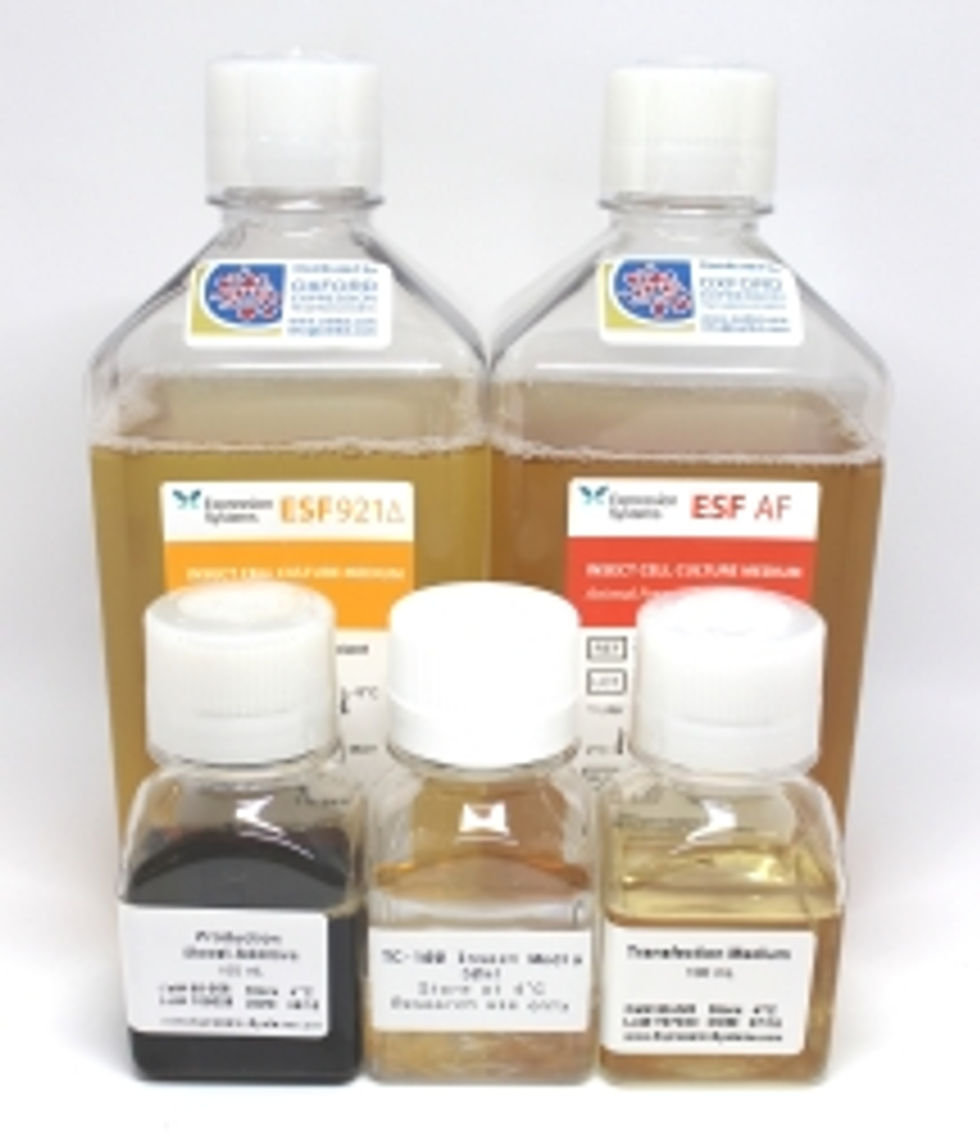Growing Insect Cells Successfully
- yelluk

- Oct 12, 2018
- 3 min read
Updated: Nov 20, 2023
With Autumn, or Fall as some of you may call it, upon us everyone seems to back in action in the lab again and hopefully growing insect cells successfully. Regular readers of these blogs will know that we frequently return to the question of how to propagate insect cells. The reason for doing so is because growing insect cells successfully is fundamental to producing recombinant proteins using the baculovirus system.
We provide detailed advice in our baculoCOMPLETE user guide, which is in the process of being updated for 2019 with further tips about the issues that may arise with insect cells. Recently, we had a company training session in which our CEO, from his many years of experience, imparted some of these ideas to the younger generation. Mostly, growing insect cells is not rocket science, but it does help to stick to a few basic principles.
If you are receiving cells from a commercial source they will usually arrive frozen on dry ice. One vial is normally all you will receive so you want to get it right first time – otherwise it’s an awkward conversation with your supplier to try to wrangle a replacement without further cost to your precious research budget!
In our current baculoCOMPLETE guide we recommend thawing cells in a 37°C waterbath “until just thawed”. This does ensure a rapid thaw. However, it is important that the vial is monitored during this process so that it can be removed immediately after ice has disappeared from the contents. If left at 37°C for too long insect cells can suffer a heat shock response. This won’t kill the cells, unless they are left at 37°C for very long periods – say over a coffee break or lunch – but it will certainly upset their metabolism for a while!
A further hazard when thawing cells in a waterbath is to avoid microbial contamination. These items of laboratory equipment are notorious for gathering unwanted life forms that can really spoil your day or the subsequent ones when you see bacteria/fungi merrily exploiting your growth medium at the expense of your insect cells!
You might say what about using antibiotics in these early stages? Certainly, that is an option but in our experience they tend to mask a problem for a short time before resistant bugs break through. However, if you have just spent a fortune on a rare cell line (usually mammalian) you may wish to maximise your chances of it reaching an advanced passage number.
Something else you need to consider is if you set up your thawed cells as a suspension or attached culture. The advantage of the latter is that you can easily monitor their condition daily. With suspension culture you will have to withdraw an aliquot for examination. A compromise is to do both. For example, if you have a vial of our insect cells and set them up in 25mls of medium, you can withdraw 5mls and put it immediately into a T25 monolayer culture flask as a reserve culture. This can be examined regularly to check the condition of the cells. This reduces the number of times that you will have to remove cells from the suspension culture.
We seem to have covered quite a few points in the above, so now is the time to sign off and leave further tips about growing insect cells successfully for our next blog offering.



Comments